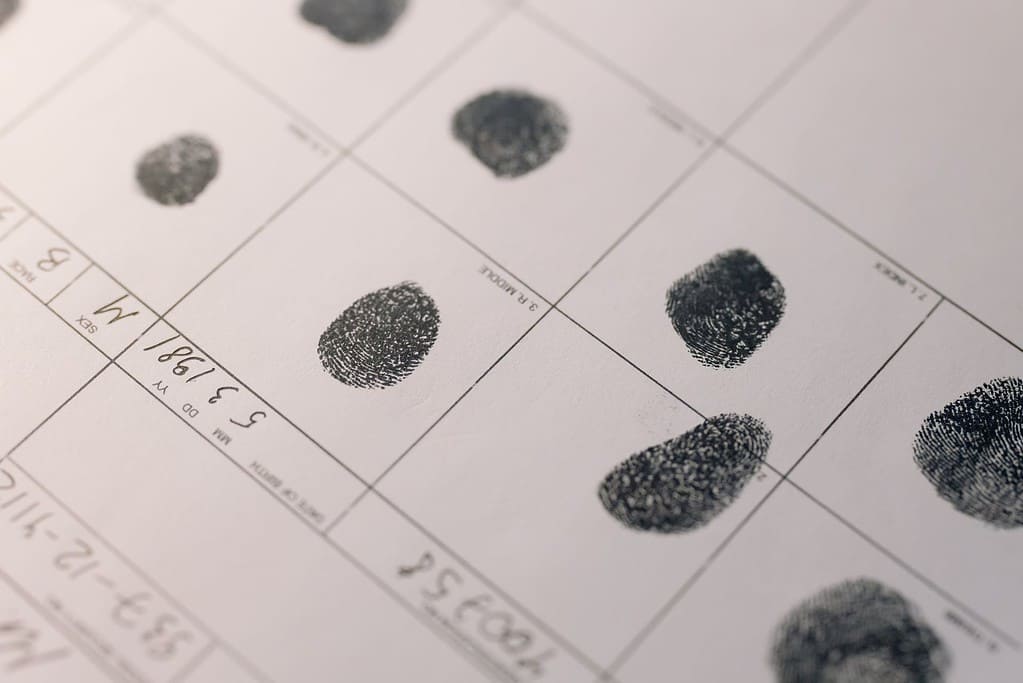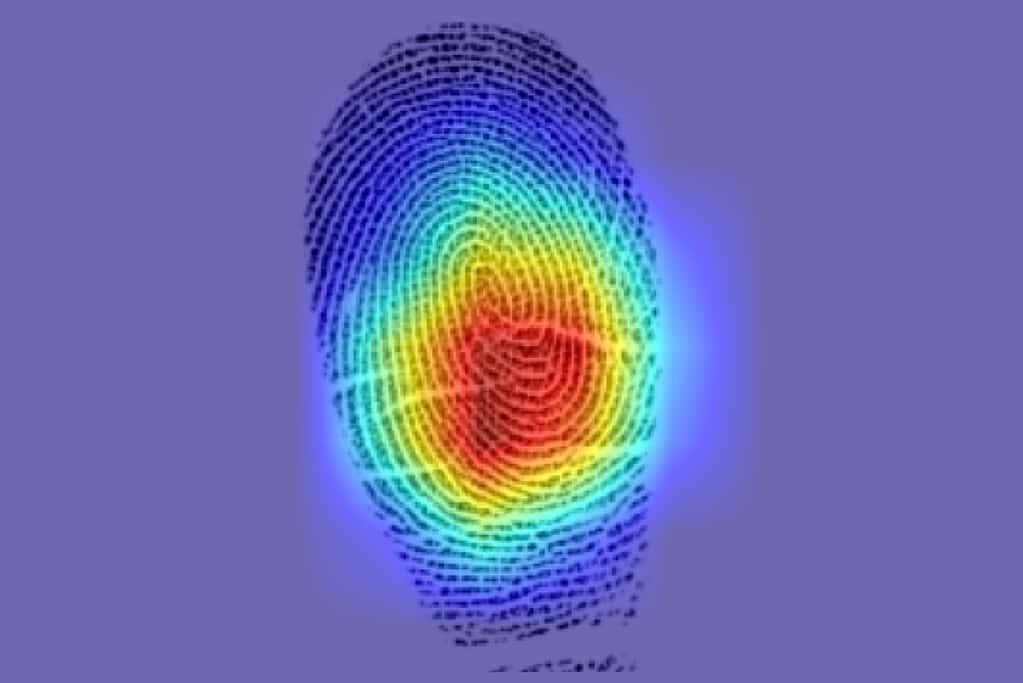For the first time, researchers have found evidence that fingerprints from different fingers of the same person are not unique. This shocking discovery has been made possible with the help of an AI program called deep contrastive network.

Forensic experts have always believed that different fingerprints are unique — and that applies to the different fingerprints of a person too. This posed several problems, especially when it came to finding links between two crimes committed by the same perpetrator.
“Consider two crimes committed by the same perpetrator. At the first scene, that person left behind a fingerprint from the right pinky; at the second scene, that person left behind a fingerprint from the left index. Before our discovery of intra-person fingerprint similarity, there would be no way to link these scenes, which could lead to inefficient duplicated efforts. Now, we have a way to connect these scenes and pool resources in a more efficient way,” Gabe Guo, lead researcher and an undergraduate student at Columbia Engineering, told ZME Science.
But this belief may not actually be true. According to new research, there is some similarity between the fingerprints of a person — and this could be a way to ignite new leads for cold criminal cases while reducing the number of innocent people who get investigated.
What similarities do fingerprints have?
The researchers originally developed the deep contrastive network to detect similarities and differences between two images.
“It takes two images and predicts whether they are in the same category. For instance, I could feed it two different pictures of my dog Bob, and it would output that they are the “same”, whereas if I fed it a picture of my dog Bob and a picture of my cat Jim, it would output that they are “different,” Guo explained.
The AI works by learning what features and characteristics of the images to focus on, for example, angles, and center region.
To train and test this AI program, the researchers fed it with 60,000 fingerprints that are publicly available in a US Government database. The images were uploaded in pairs and the AI had to find whether they belonged to the same person.
The researchers didn’t know anything about forensics then and they were just trying to improve the performance of their AI program. However, to their surprise, the program found something that no forensic scientist ever noticed.
“The AI was not using ‘minutiae,’ which are the branchings and endpoints in fingerprint ridges – the patterns used in traditional fingerprint comparison. Instead, it was using something else, related to the angles and curvatures of the swirls and loops in the center of the fingerprint,” Guo said.
After carefully studying such markers across thousands of fingerprints, “Our AI found that the ridge angle at the center of the fingerprint was highly similar among the ten fingerprints from the same person,” Guo told ZME Science.

This is the first-ever evidence suggesting that different fingerprints of the same person are not entirely unique. However, an important point to note is that the accuracy of the deep contrastive network is not yet high enough to serve as deciding evidence in court cases.
Plus, there is a need to further validate the results of this study using a larger dataset.
Initially, no one believed the finding
The deep contrastive network detected similarity in fingerprint pairs with 77% accuracy, and its performance kept improving as it received more data.
However, when the researchers took their study to a popular forensics journal, the editor and experts rejected their findings. They couldn’t believe the results because of the well-established fact that “every fingerprint is unique.” The reviewers were also skeptical because the lead researchers had no background in forensics.
However, according to Hod Lipson, senior researcher and a professor at Columbia Engineering, it was actually fascinating to see how a student, lacking any prior experience in forensics, could use AI to effectively challenge a long-standing belief within an entire field.
“We are about to experience an explosion of AI-led scientific discovery by non-experts, and the expert community, including academia, needs to get ready,” Lipson said.
The rejection failed to discourage the researchers as they firmly believed that “their finding was too important to ignore.”
So they continued applying to other journals while further improving their AI system. Finally, their work was accepted for publication in a reputed journal.
“This not only marks a new era in forensics, it marks a new era in AI. Fingerprints are something that every human looks at on a daily basis, yet no human saw this similarity between their own fingerprints until our AI pointed it out. This begs the question, what other things are hiding literally right in front of our eyes, that are waiting to be discovered by AI?” Guo said.
The study is published in the journal Science Advances.


